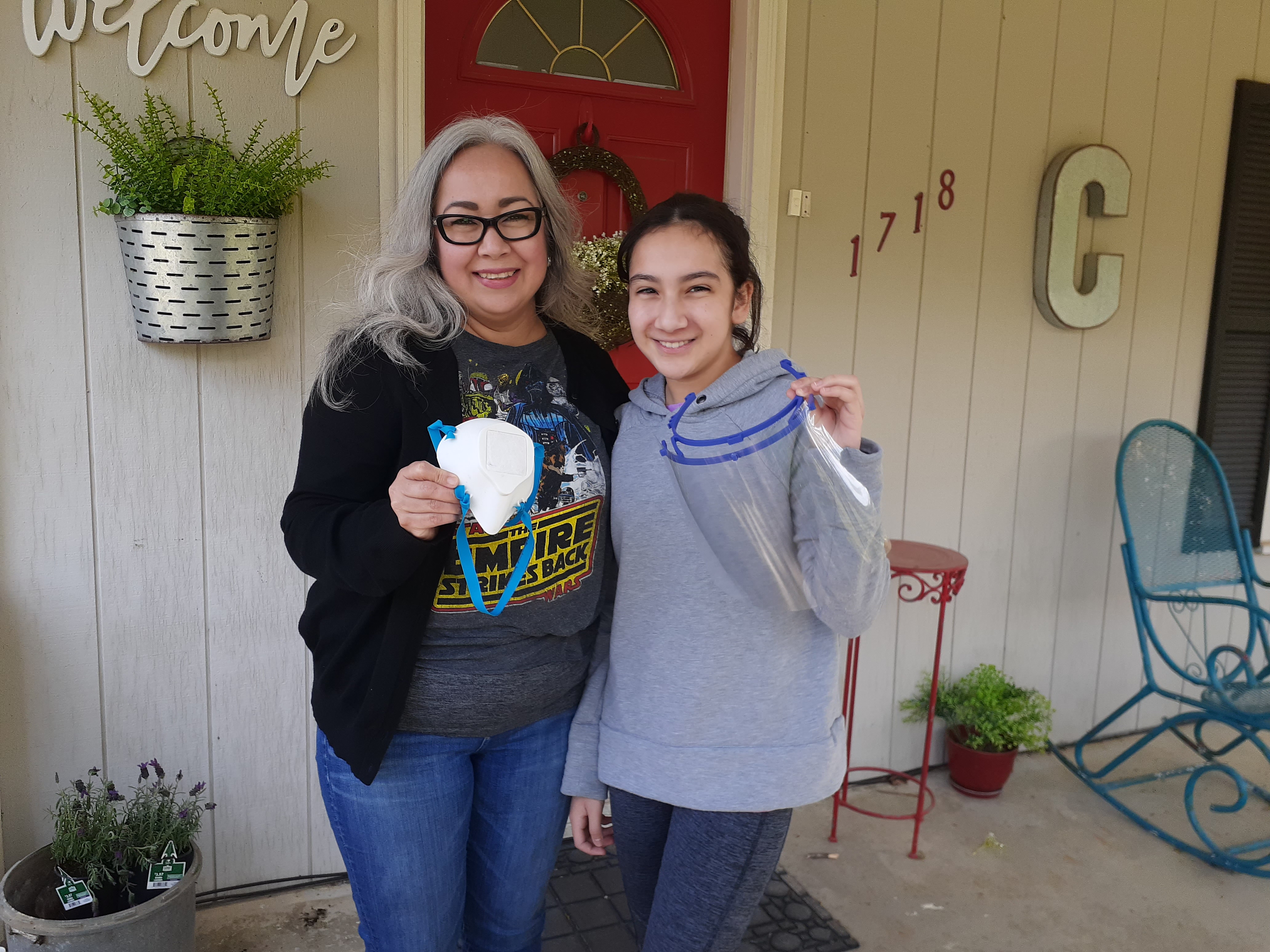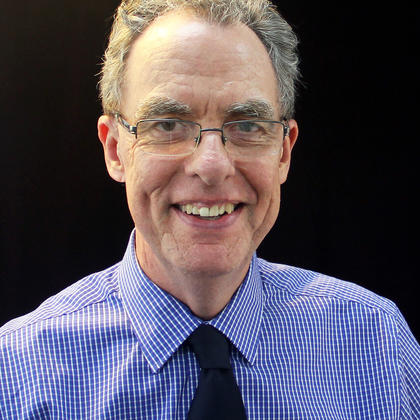Maker Communities Respond in Times of Crisis
It wasn’t long, back in March – after the COVID-19 situation became serious – that they started coming. Emails and tags in social media directed at my colleague Tim Haynes and myself about 3D printing being used to solve a variety of problems presented by the pandemic. From valves and manifolds for ventilators, to a substitute for N95 masks, the suggestions were endless. I reviewed most with interest even though Independence Community College (ICC) campus and our Fab Lab, where we would ordinarily complete this work, was closed until at least May 15.
I really didn’t give much thought to trying to print solutions, especially given the Lab closure, but the emails and tags kept coming and they became more specific. I wondered to myself if people would want a maker-space-made solution, or how we would figure out who would use what we created.
Prompting Us to Act
We reached our tipping point when I received an email from U.S. Senator Jerry Moran’s office asking us to get involved. The message even included 3D plans from another maker space for masks to supplement the rapidly decreasing supply of N95s. Haynes reviewed the plans and questioned the availability of N95 filter material. We figured there was no use printing mask frames if the we couldn’t get the material.
Meanwhile During an Iowa Zoom Call
Around the same time, I had a previously-scheduled Zoom call with Anthony Riesen, a young man from Iowa. Riesen had attended our Maker Space Boot Camp last September while working with our good friend at North Iowa Area Community College, Tim Putnam. He was currently helping Putnam develop a plan to convert existing technical training space into community maker space. The two had invited me to visit Iowa in April to share Fab Lab experience at an event they were planning to inspire maker space startups in northern Iowa.
The Zoom call we had scheduled was meant to determine whether or not the conference would be held as planned. Riesen and I joined our call early, and while we were waiting for others to join, he mentioned that his dad worked at a hospital that was ready to 3D print a substitute N95 mask. He sent me a video made by Dr. Christopher Wiles – a first year resident at the University of Connecticut in Hartford – who was passionate about 3D printing. His design used furnace filter material instead of N95.
Moving Forward
With the solution developed by Dr. Wiles, there was no reason not to move forward. Not only was furnace filter material commonly available, the suggestion that it was a suitable replacement had been proposed by a medical professional. Haynes quickly retrieved the printers from our Fab Lab at ICC, set up shop in his basement, and went to work on the first prototypes. I retrieved one of our lasers so that we could precision cut our plastics. Once we had a few prototypes in use at area institutions, we could take steps to print more… and then we pivoted. One of our area health care providers told us they had plenty of masks, but couldn’t get face shields back into their inventory. While we were still trying to develop a workable and comfortable face mask, we began to produce light-weight face shields with clear disposable screens.
Personal Protective Equipment (PPE) and the Need to Help
Before we got involved in making PPE, we kept hearing reports the supply chain was catching up… but it kept not actually catching up. We would hear that millions of pieces of PPE were being produced across the nation, and then we kept hearing from people who were in need. Our efforts at producing PPE have continued. We’ve delivered a total of 130 3D printed face shields, and are working on a process to use resin casting to make the headbands more quickly. Printing 3D can time consuming, but we’re most excited that switching to resin casting, anyone willing to learn a fairly simple process could help with production by casting in their garage or work-shop—no need for a 3D printer.
Matching Need with Those Wishing to Help
As we’ve moved forward in our efforts, we see social media reports of makers all over the United States becoming involved in the effort to produce PPE. We believe there are many in our region who want to help with the effort, but are not sure what to do. A few may have 3D printers, but there are many that have sewing machines and are capable of stitching auxiliary masks. We’ve developed a Fab Lab ICC COVID-19 webpage that allows us collect information from both makers and those in need of PPE. We review the content they submit, and connect them with one another. While we recognize that there will likely continue to be shortages of PPE across our region and perhaps our country, we are also committed to leveraging our maker and DIY community, who stand ready to help.
The site has brought to us needs from beyond our region – we are hearing from friends and community members who have family all over. For example, our ICC history professor has a daughter interning at The Mt. Sinai Hospital in New York City. Learning of our work, a Mt. Sinai physician has asked for samples of our face shields.
We learned from Michelle Carranco – who has participated in our Verizon Innovative Learning STEM program for young women – and her mother, Maria, that they have cousins serving as doctors in a Mexican hospital that have been left to find their own PPE. We were able to deliver sample masks and a few face shields to share so that they could try them out.

But it’s not just front-line health care providers who need PPE. We’ve heard from first responders, home health care providers, nursing home directors, and even a funeral home director of the need for masks and gowns. At the time of this posting, COVID-19 cases seem to be on the decline, yet the call of shortage continues.
There will be many useful innovations as a result of the COVID-19 pandemic. More importantly, the medical industry may begin to more fully recognize that the maker community is capable of producing devices and apparatus to the marketplace that don’t necessarily require 10 years of research and development. I am proud of how the maker community has stepped come forward to help fill the shortage of PPE, providing new designs and new solutions and giving the supply chain a chance to catch up.
There’s no way to know what we may find ourselves to be in short supply of in a time of crisis, but from our perspective as a maker space, one of the best things to come from this pandemic is the discovery that in an emergent situation, the maker community is both nimble and essential support. We wish every community a Fab Lab or maker space, and good health.
Director, Fab Lab ICC and Facilitator/Business Coach, Growth Accelerator Program
Independence Community College

